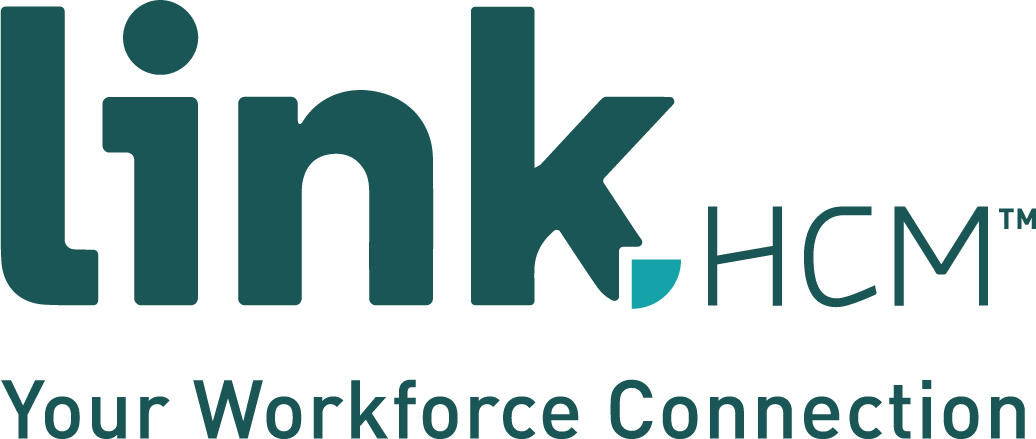 For many organizations, HR professionals serve as a trusted and credible source of information for the internal stakeholders at a company. They reinforce company culture, norms, and values and manage internal relationships. And they work directly with an organization's most important asset: its people.
For many organizations, HR professionals serve as a trusted and credible source of information for the internal stakeholders at a company. They reinforce company culture, norms, and values and manage internal relationships. And they work directly with an organization's most important asset: its people.
As the global COVID-19 pandemic and its impacts continue, many turn to their HR departments for answers and guidance. Every business and industry has been forced to immediately develop, adapt and improve workplace policies and procedures. And, ultimately, this has put new, unexpected burdens on Human Resources departments as they take on new responsibilities in this time of crisis.
HR Professionals -- here are 4 ways to make sure you are staying on top of your ever-evolving roles during this pandemic:
Create a Crisis Communication Plan
Many state governors including California, Colorado and New York have extended the stay-at-home orders until April 30, and many are estimating that they will be extended further.. Because it seems that this remote work environment and crisis response situation will extend for quite some time, a Crisis Communication Plan is key to keep your company responding effectively. If your organization hasn’t already established a Crisis Communication Plan, consider putting one together.
Begin by establishing a crisis team. Define who the spokesperson or spokespeople are and what channels are going to be used to communicate messages. In a crisis, things happen rapidly; to best prepare, you can outline the company communication needs ahead of time by determining your internal audiences, planning out possible scenarios and preparing potential statements. Communicate consistently with employees and centralize your resources so that when your staff has questions they can easily get answers.
Keep a Message Tracker
Information overload is the standard these days, and with so much going on and constant changes, keeping a message tracker will help you keep track of the audience, dates of communication, the channels used, the messaging sent, and any action items that came from a specific message.
When both leaders, employees, and depending on your industry, vendors are looking to HR for answers, it is vital to be consistent, clear, and confident in communication. Keeping track of everything will not only help ensure minimal confusion, but it will make sure you are reaching the right people at the right time with the right messaging. See the example below
![]()
Stay on top of Compliance
With so much going on in the world, keeping up with compliance often gets put on the back burner. With a record number of people working remotely, employers face new policy issues and employment law concerns.
Carve out a few hours each day to review possible compliance issues, some of which can include:
- Compliance with Labor Code Section 2802 - In short, Labor Code Section 2802 requires employers to reimburse employees for expenses incurred. Some expenses that are commonly reimbursed to employees who work from home include cell phone use, home internet access, laptops, pens, paper, and other items needed to meet their work requirements.
- Safety and Workers Compensation - Even when an employee works from home employers are required to provide employees a safe working environment (in other words, OSHA still applies). Most states require that businesses provide worker’s compensation coverage for employees. This also includes employees who are injured on-the-job while at home. In most instances, they can claim benefits, but state laws differ on what constitutes a work-related injury. To avoid any confusion, set clear guidelines around the job duties and work hours of your remote employees so that you can more easily separate true work-related claims and make sure that employees have an acceptable and safe workspace to avoid potential claims.
- Time Tracking, Meal and Rest Periods - For hourly nonexempt employees, this one can get a little tricky when employees are working from home. Employers must make sure that nonexempt employees working from home or otherwise are taking their meal and rest periods. It is advised that employees should log in and out to ensure that employees are taking the required breaks. You can even use “meal/rest periods violation” that have non-exempt employees self-verify that they are taking these breaks.
Be the Culture Ambassador
Human Resources isn’t a thing we do. It’s the thing that runs our business. - Steve Wynn, Wynn Las Vegas.
As tough as it might be to stay positive during such a scary time, keeping positive vibes throughout the company should be a priority. The role of HR is severely impacted during this time, and has essentially had to step into the role of a virtual culture ambassador.
As an HR professional during this time, walk the virtual halls via Google Chat, Slack, Zoom, or whatever platform your company uses. Have conversations and interactions with all employees to inspire motivation and wellness. Find opportunities to spotlight creative stories to keep engagement throughout the office even though everyone is working from their home.
Here are some creative ways to keep the engagement, increase productivity, and ease the far some employees may be having:
- Virtual Lunch and Learns
- Create a forum to talk about things not related to COVID-19
- Have a company Happy Hour via video chat
- Incentives positive culture with virtual rewards
- Maintain open communication about what the company is thinking about doing in regards to layoffs, furloughs, etc.
What other roles are Human Resources professionals stepping into in response to COVID-19? Let us know in the comments below.


Leave a Comment